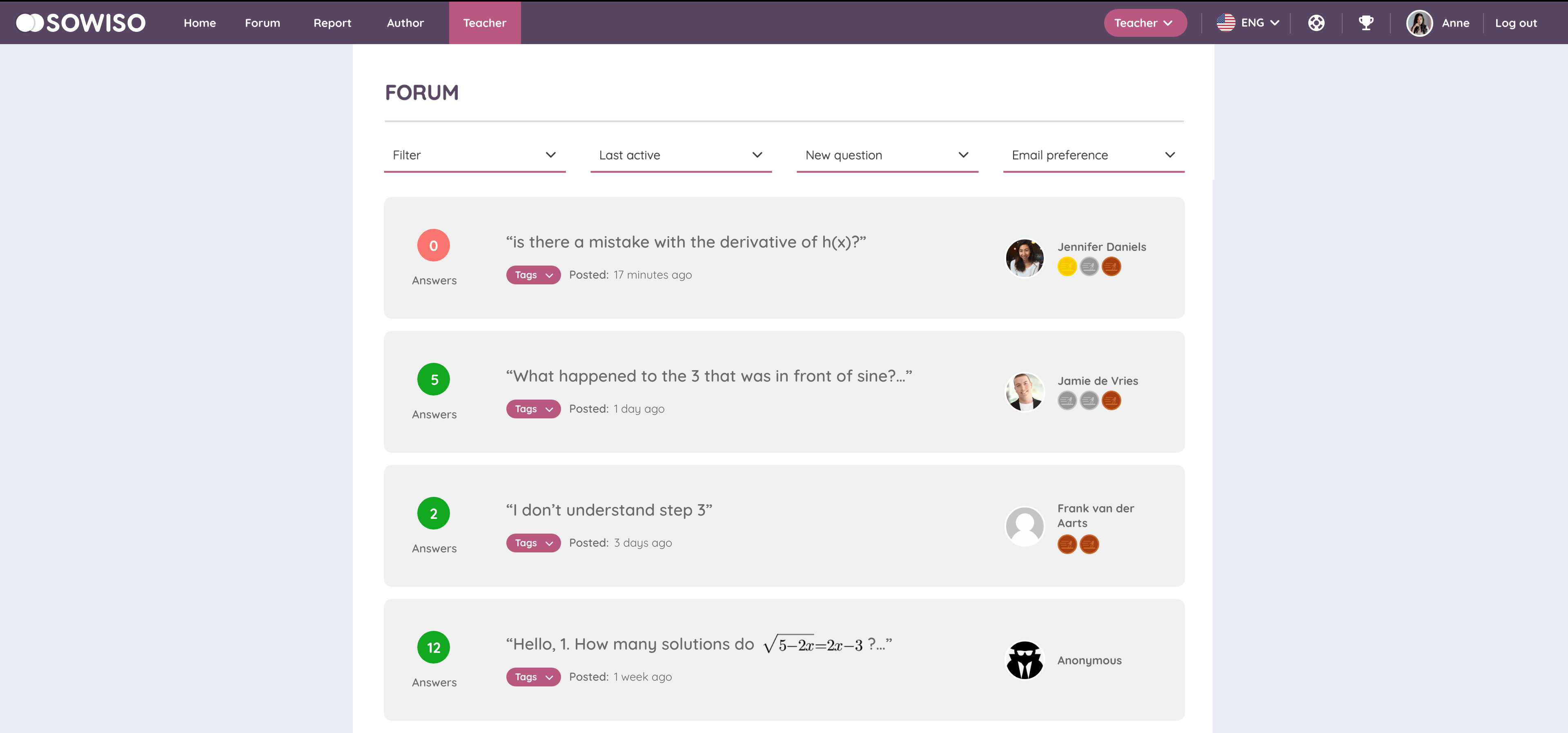Many consider learning mathematics to be an individual adventure- imagining a student alone at their desk, surrounded by books and notes, trying to find all the answers on their own. Are mathematics students doomed to work in solitary, with just the help of the teacher?
Research shows that there is space for group work and collaboration in math classrooms, pointing out numerous benefits of group over individual work.
“Mathematics does offer opportunities for creative thinking, exploring open-ended questions, and posing intriguing problems. Group work can help to face these trials and difficult tasks that are well beyond the capacities of individual work at that developmental phase. Group work can also be a convenient and helpful tool to help develop a supportive attitude towards learning. In a study by Bernero, the students who struggled with mathematics continued to stress and strain about it and became discouraged with individual work, but improved both academically and socially when it came to group work, due to an increase in self-assurance” (Sofroniou, Poutos, 2016).
Other research goes as far as saying that learning mathematics within groups is more effective in terms of academic success in comparison to competitive and individualized learning systems (Zeynep Fidan Koçaka, Radiye Bozana, Özlem Iúıka, 2009).
During the past year, we have all experienced big changes during the global pandemic. Education also suffered the consequences- most of the educational institutions switched to partially or fully online learning. This new way of learning not only influenced students academically, but also their social and psychological life. Not being able to see other students also gives a new challenge to implementing collaboration in the mathematics classroom. What can we do to help math students work together, even if their classes are taking place online?

There are some benefits in collaborating in mathematics and doing it online, as opposed to real life. Some students might prefer communicating in writing, or from the comfort of their own home. In big student groups, it’s difficult to hear everybody’s voice- usually only the louder and more outspoken people are heard. Switching to online communication allows the more “quiet” students to speak up without having to stand out from the crowd. For example, instead of starting a discussion on camera in a video call, a teacher could ask a question and request the students to send their answers in written form. This way, students can keep their answers private, and they won’t have to compete to be heard.
The market offers many tools that are designed to support online classes: from Teams, Zoom, to other more math specific software solutions. The challenge is to choose a tool from this pool of possibilities, and use it in a way that will also encourage collaboration among students. Focusing on this issue, we listed some activities that will help you to get your students working together, even remotely.
When designing a group math activity, it’s important to keep in mind the learning goals but also that students should be able to work collectively, engage with the learning material and, ultimately, to have fun!

Worksheets are a good way to achieve the learning objectives and, together with a (digital) whiteboard, can work as a fun collaborative activity. You can create your worksheets with various exercise types like crossword puzzles, multiple choice questions, visual and open-ended math problems This way, students can get less of the feeling of doing the standard “question, computation, solution” math exercises.
The digital whiteboard can be used as a scribble notepad where students can record their reasoning arguments, calculations, guide their discussions and pose their questions to the group. Nowadays, there are many options for free digital whiteboards that support writing math without using the (annoying) mouse. Some options even allow students to connect their phones via an app and use their phone’s touch screen for writing math symbols with a suitable pen or with their fingers.
Teachers can design leveled worksheets where groups can progress through the different levels as their mastery increases. The group would begin by working on an easier worksheet, and once that is done, move on to a more challenging task. This activity can be done over a longer period of time, for example, a semester.
The advantage is that students get a collective feeling of achievement and of growing together when progressing from level to level. This type of activity should also include the use of a (digital) whiteboard.
This is an activity where small groups of students focus on one math problem at a time. The main advantage of this is that students don’t feel overwhelmed by seeing a list of math problems that they would need to solve. Because of this, they are less prone to feel math anxiety and stress, increasing their positive brain activity. You can design a math challenge for all the groups, or give each group a different challenge, depending on their skill level.
In a digital learning scenario, it is good to carefully select the tool that fits your idea of the math challenge best. Dashboard virtual tools such as Padlet (padlet.com) or Jamboard (from Google Suite) can be great for designing visually appealing math challenge cards. These tools are perfect for brainstorming, identifying what information is needed to solve a challenge, and for developing problem-solving strategies. Students can also work together to create a presentation for the teacher or the other groups. Such tools might not be great for writing math, but students can easily upload photos of their final handwritten solutions.
After the challenge has been completed, the Padlet of each group can be used as a full-group discussion to reflect on the different strategies for finding the solution.
Some countries are already allowing students to come back to school in person. Previously mentioned activities could be also adjusted to in person learning, but it’s also worth mentioning another activity, specifically for in person learning.
Not all collaborative math activities need to be in front of a computer. Teachers can design fun activities where students need to meet outside and reflect on the connection between math and their environment. For example, a “riding your bike” activity where students need to measure the velocity of the bike based on derivatives, the distance from point A to point B, and the time it takes.
An alternative is to ask students to, working in groups, design a math problem themselves using a known math concept.

Image: SOWISO forum
Working closely with teachers, we always aim to adjust our platform to fit the needs of both teachers and students. One of the most popular features of the Sowiso platform is the forum, where students can leave their questions, publicly or anonymously. The teacher and other students can interact with the post- up vote it if they are also wondering about the answer, or try to find the answer together.
Our teachers enjoy using the forum as it allows the students to work together and learn from each other. If you would like to find out more about us and how we encourage collaboration in the math classroom, feel free to contact us or visit our homepage.